
Short Version: It’s got an Atom CPU and it starts at $1300. That being said, Sony’s X Series is one of the coolest computers I’ve ever used.
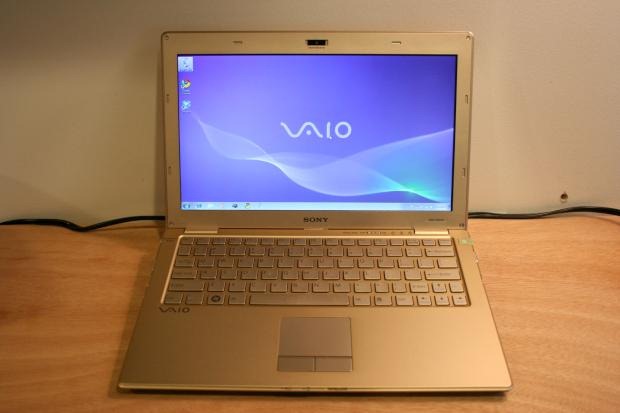
Features:
- Intel Atom Z550 CPU at 2GHz
- Windows 7 Home Premium
- 11.1-inch LED-backlit LCD at 1366×768 resolution
- 64GB or 128GB solid state drive
- 2GB of RAM
- GPS, Verizon Broadband, Bluetooth, b/g/n Wi-Fi
- Standard and extended batteries included
- Weighs 1.6 pounds with standard battery
- MSRP starting at $1299.99
Pros:
- Unbelievably light, yet feels sturdy
- 12+ hour battery life with extended battery
- 2GHz Atom CPU feels snappy, not at all like other netbooks
Cons:
- Cramped keyboard and trackpad
- Standard battery life is short
- Too much multitasking causes slowdown
Review:
In all my years of reviewing, buying, and admiring computers, this is one of the most impressive. And lest you think Sony and I are all buddy-buddy, I rarely ever speak to anyone there. John checked this thing out at a press event and they were supposed to send it to him to review but he was out of the country, so it got rerouted to me. And I’m glad it did.
I’m more forgiving to netbooks than most of my coworkers, which is a good thing because this machine is basically a $1300 netbook on steroids. Sony calls it a notebook, which is a smart idea because people associate the word “netbook” with something that costs under $500. If you were to give this machine to someone without telling them what kind of CPU was inside, though, you’d probably not hear a peep out of them. It doesn’t “feel” like a netbook at all.
What’s Good:
If you have something around you that weighs a pound and a half, pick it up. Now imagine you’re holding an almost-full-size laptop. Does not compute. The VAIO X Series is bewilderingly, astonishingly, how-the-hell-did-they-do-that light. That’s thanks to carbon fiber, which Sony uses liberally in many of its ultraportables.
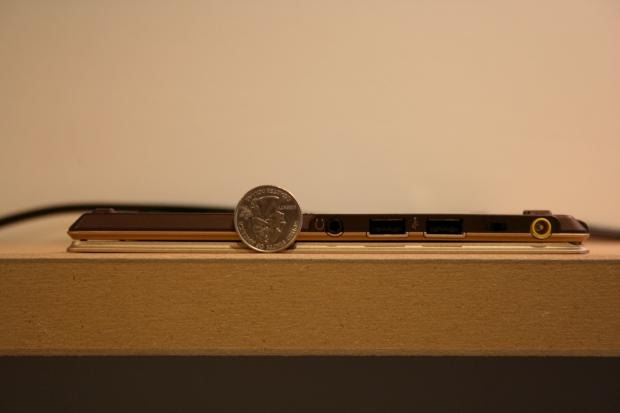
You give up battery life with a 1.6-pound notebook. The standard battery lasts around 2.5 hours under normal use but Sony’s thoughtfully included an extended battery that bumps the life up over 12 hours without adding much weight at all. It adds a bit of thickness to the computer, yes, but it’ll still be one of the lightest computers you’ve ever carried around.
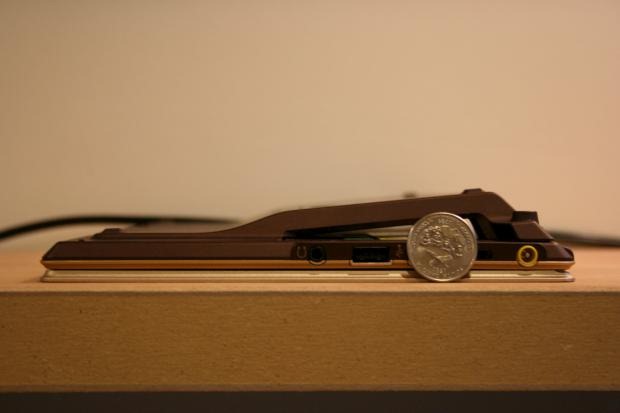
The extended battery, pictured above. Pictured below, you’ll notice that at 39% capacity there’s still 3.5 hours of battery life left. You’ll go a couple days between charges.
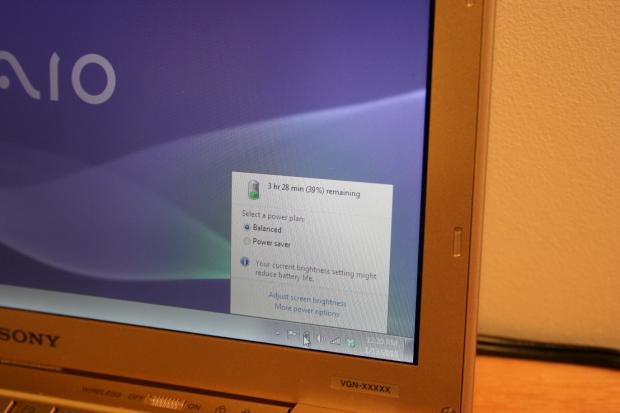
So the portability and battery life are outstanding without too much sacrifice. You still have a pretty sizeable screen to work with at 11.1-inches and 1366×768 resolution and the 2GHz Atom N550 CPU, based on Intel’s new Pine Trail design, doesn’t feel lethargic unless you get a lot of programs open and running at once or you try to render video. Most everyday stuff hums along very nicely. The main takeaway is that the compromise between portability and power seems less gaping with this machine. It’s very, very tiny, yet still pretty nimble.
What’s Bad:
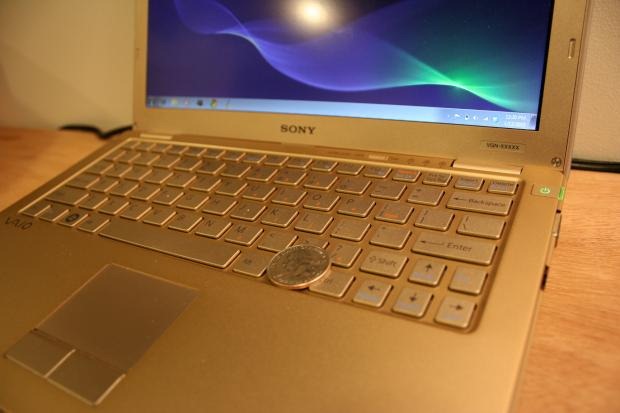
I’m sure there’s some reasoning behind the keyboard, but it’d be nice if it used all the available space on the chassis. The island layout works okay after you get used to it but I can’t help but think the space would have been better used by making bigger keys – even if they touched – and stretching them all the way across. And Sony seems to love putting that tiny right Shift key on all its ultraportable keyboards. I can’t stand that thing.
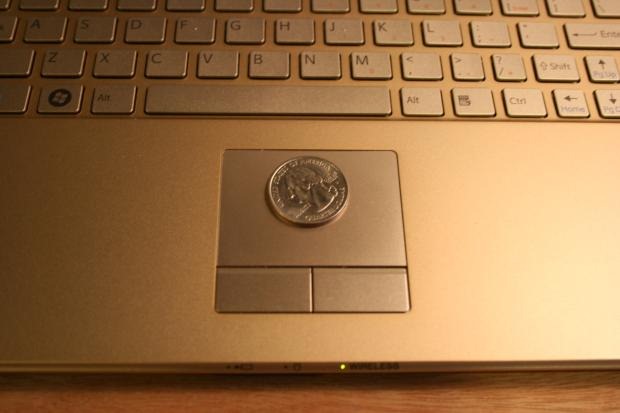
The trackpad, too, is pretty rough. As you can see, there’s not much surface area to work with. Multitouch comes turned on by default, which makes a hard-to-use trackpad almost impossible to use since moving your finger often results in some flavor of zooming, scrolling, or whatever else they’ve baked into it. I turned off all that stuff within a few minutes – even vertical scrolling. After that, it worked well enough to not have to carry a Bluetooth mouse.
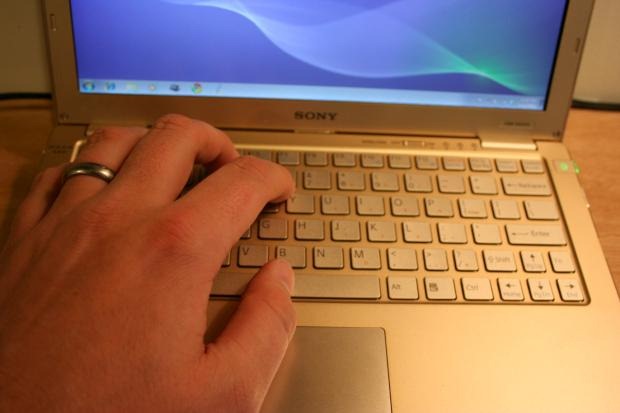
I have rather large hands but even normal or small hands will seem big when typing or using the trackpad. You do get used to things after a while, though.
Other Considerations:
If you travel frequently for work, consider that the X Series comes with a 3G chipset from Verizon as well as a GPS chip. It’s conceivably small enough to use in the car as a navigation device, so with the 3G and the GPS fired up you’ve got quite an in-car computer.
Conclusion:
If you’re at all intrigued by this machine and the relatively high price tag hasn’t scared you off yet, I urge you to swing by a Sony store to see if you can try it out in person. The photos and videos here really don’t do it justice. If you’ve got the money to spend and you like to travel as light as possible, the size, weight, battery life, and myriad of connectivity options make the Sony X Series a very compelling purchase.
Sony X Series [SonyStyle.com]
Video: Goodbye, Sony X Series. I’ll miss you.